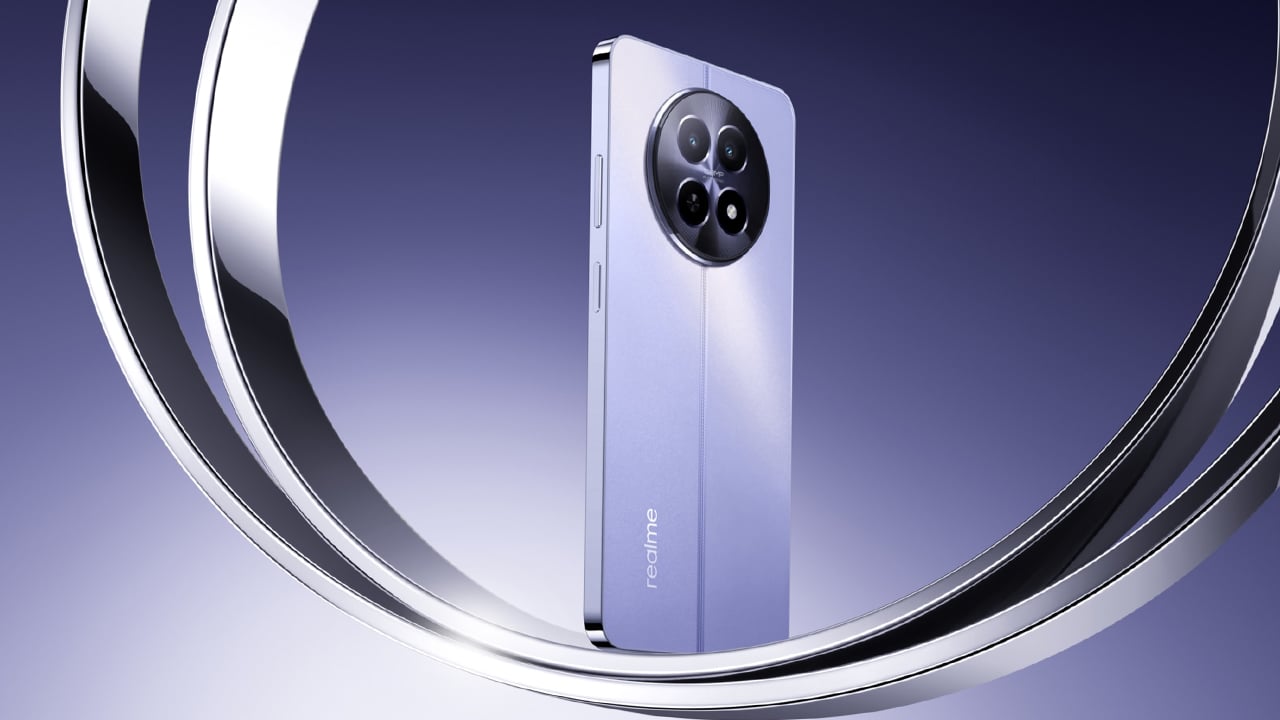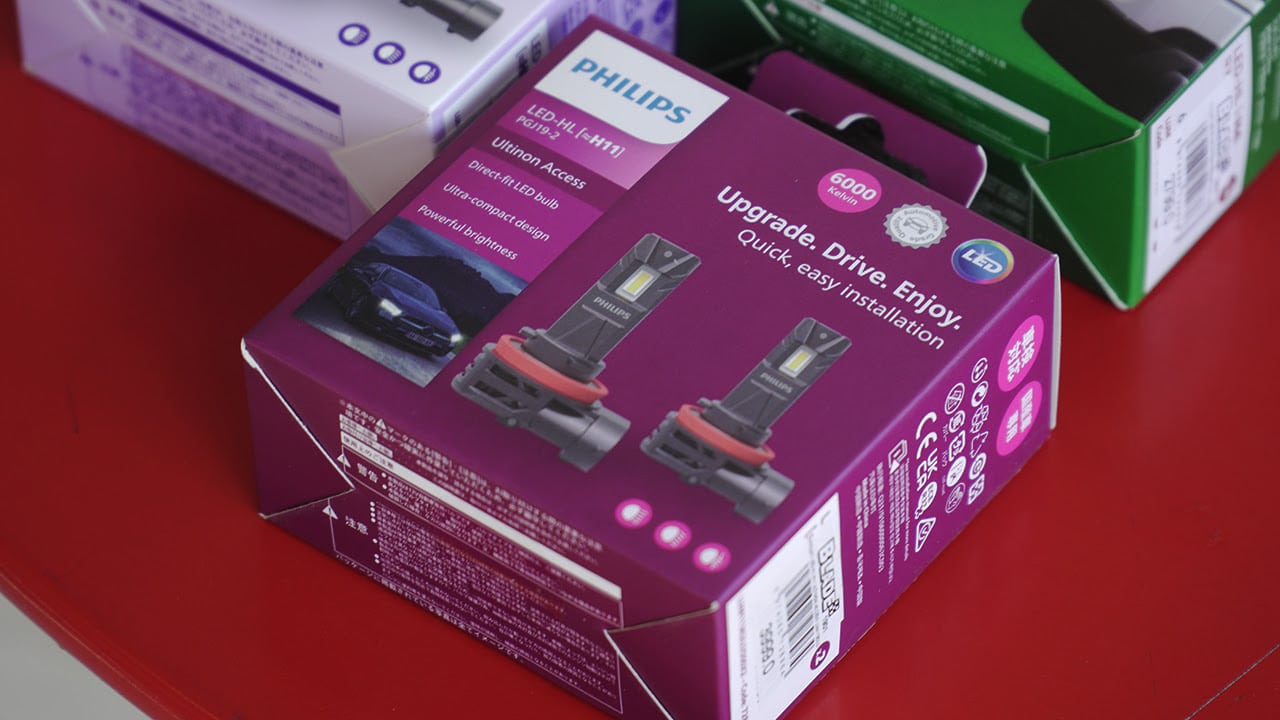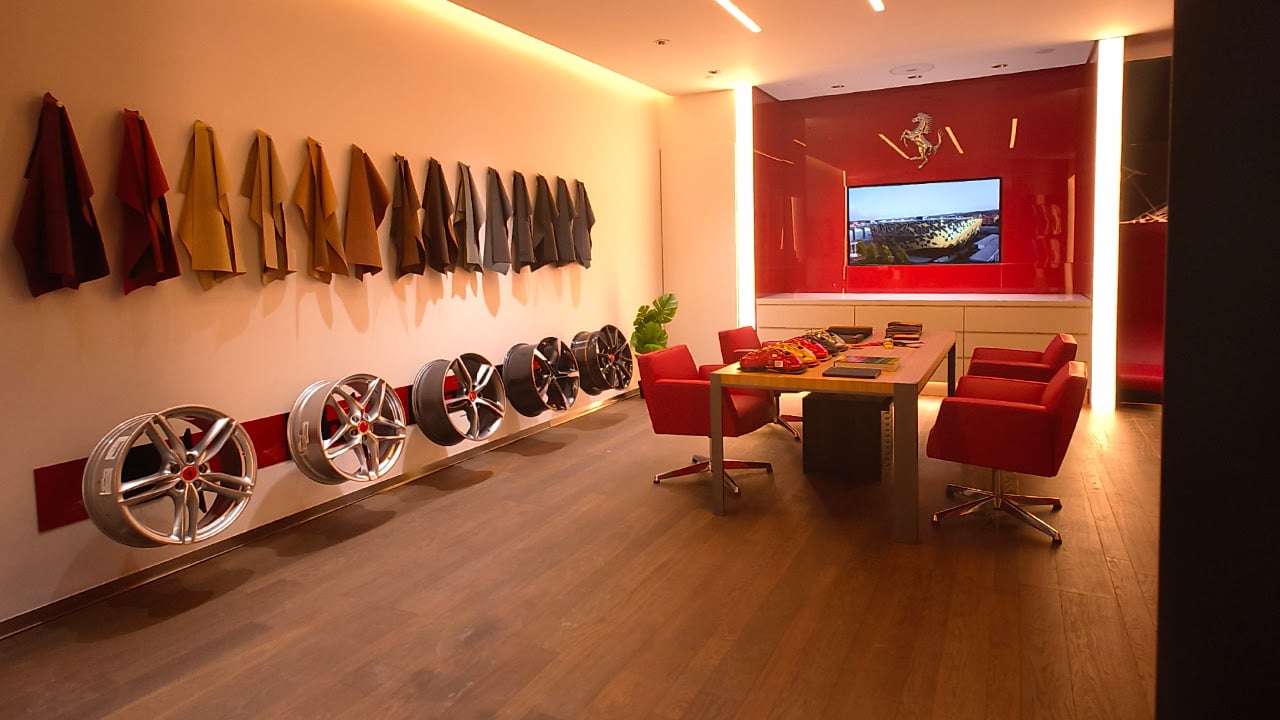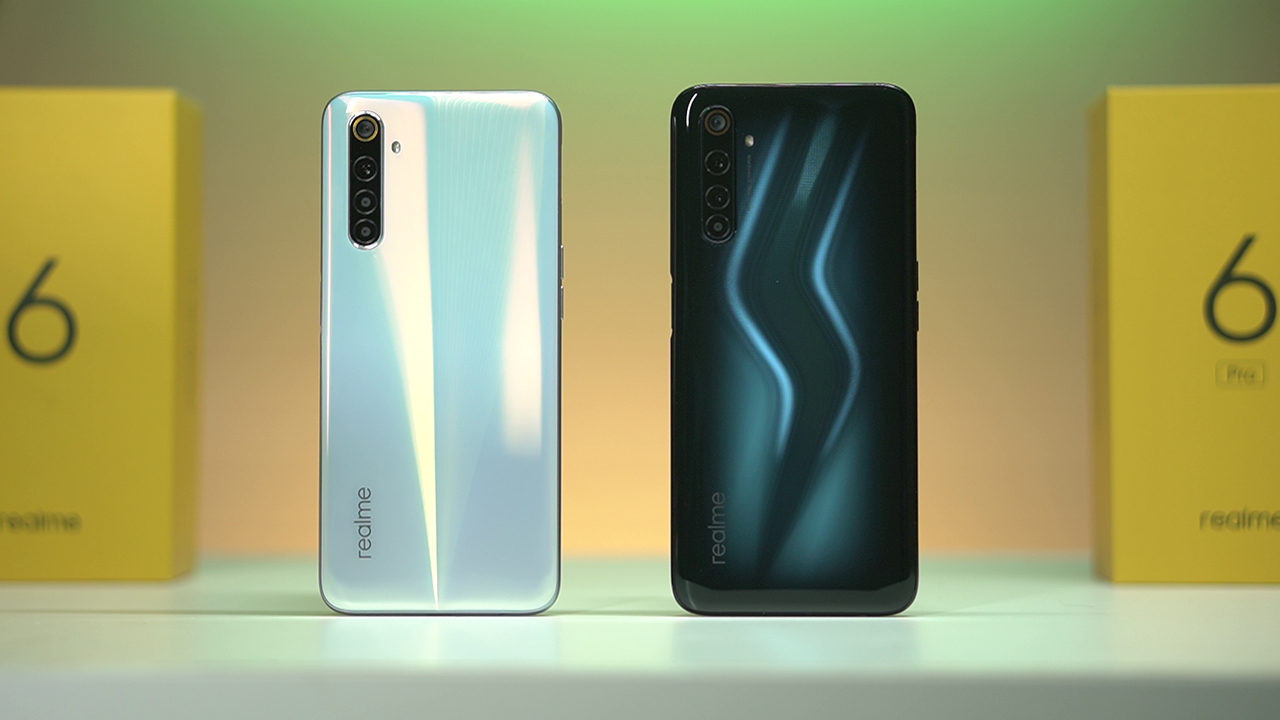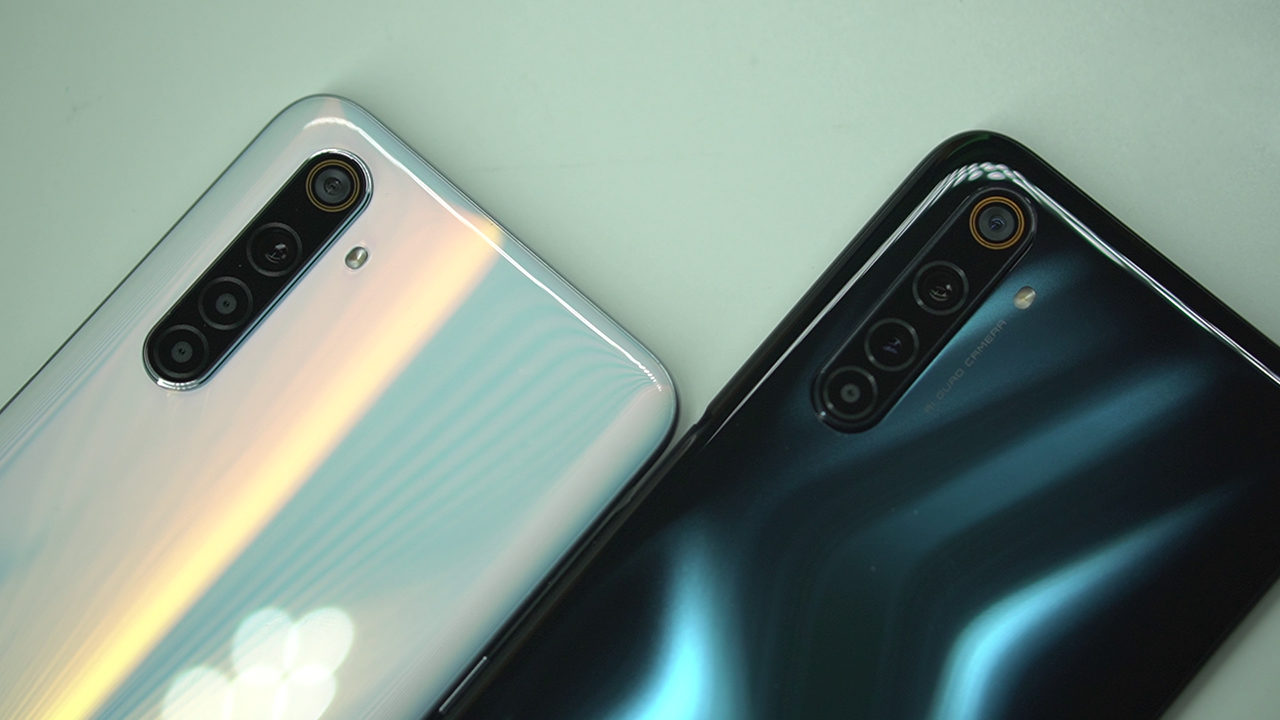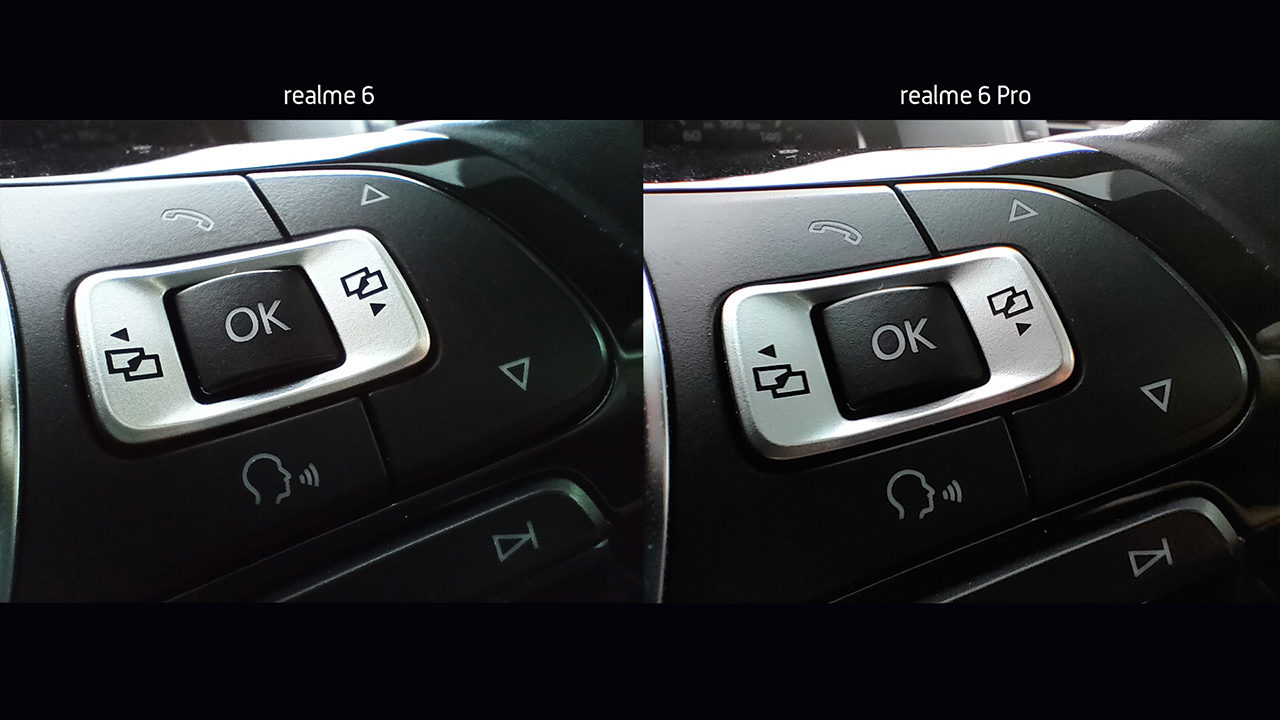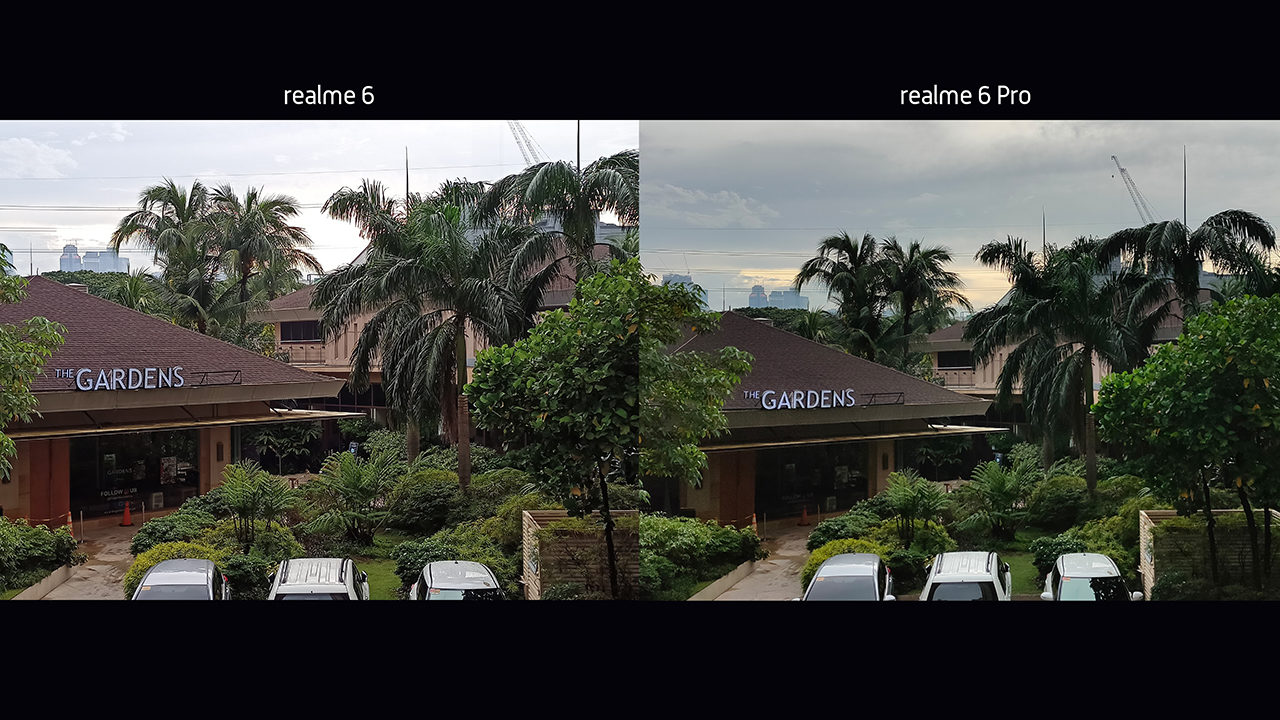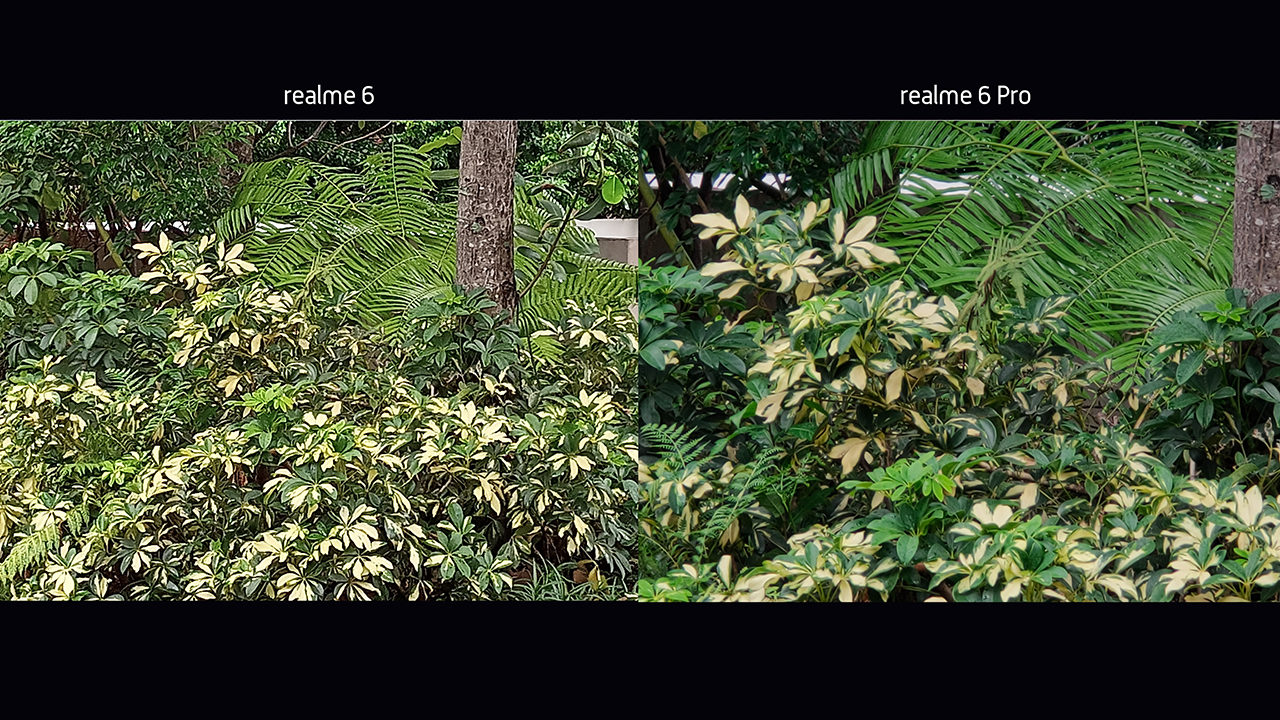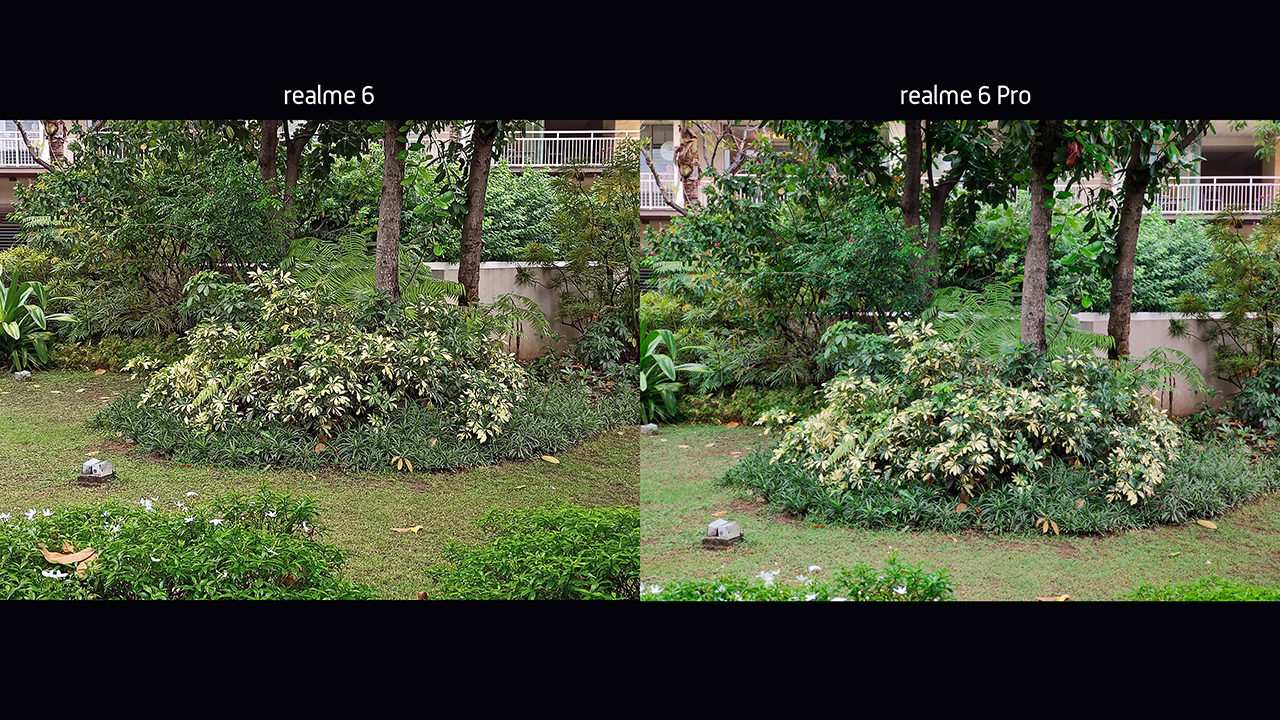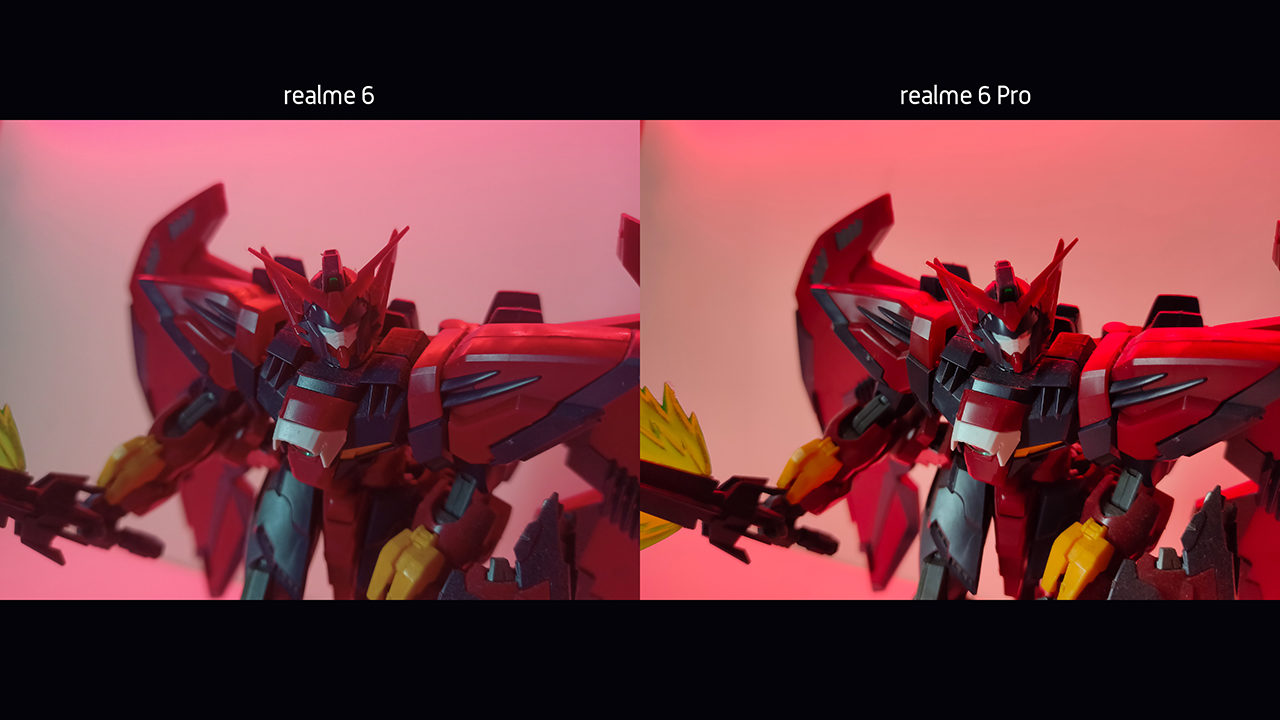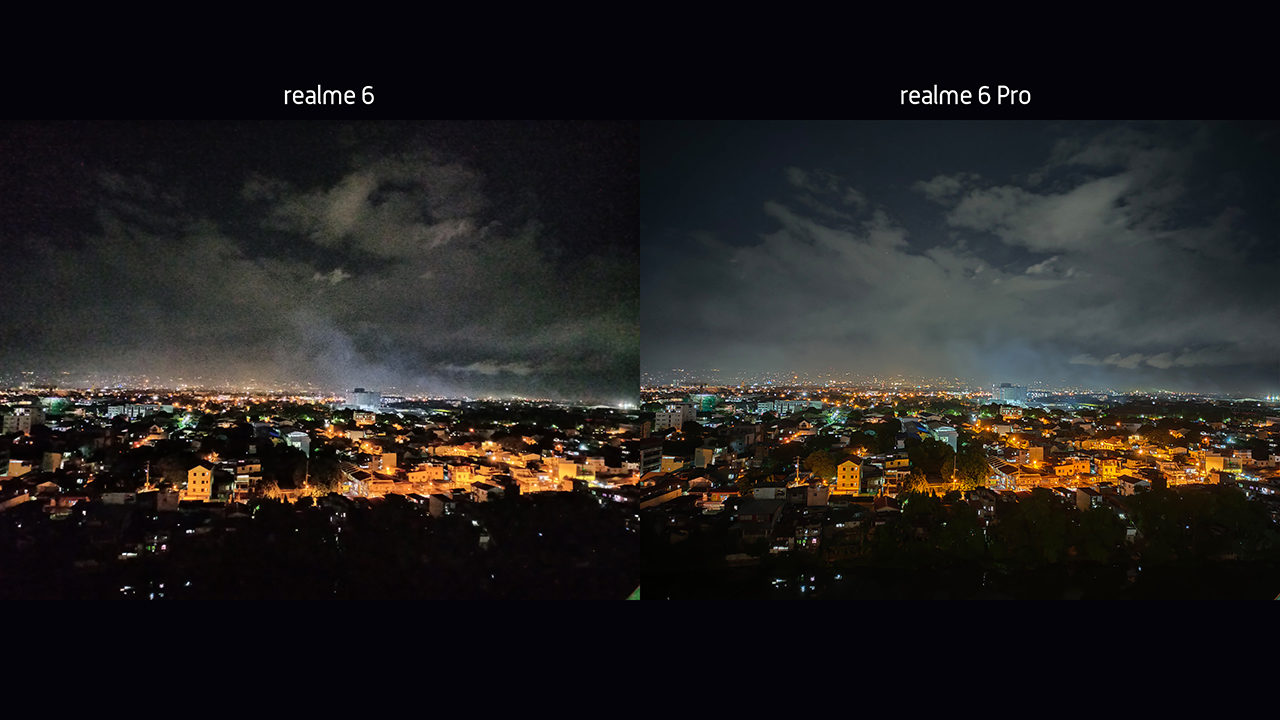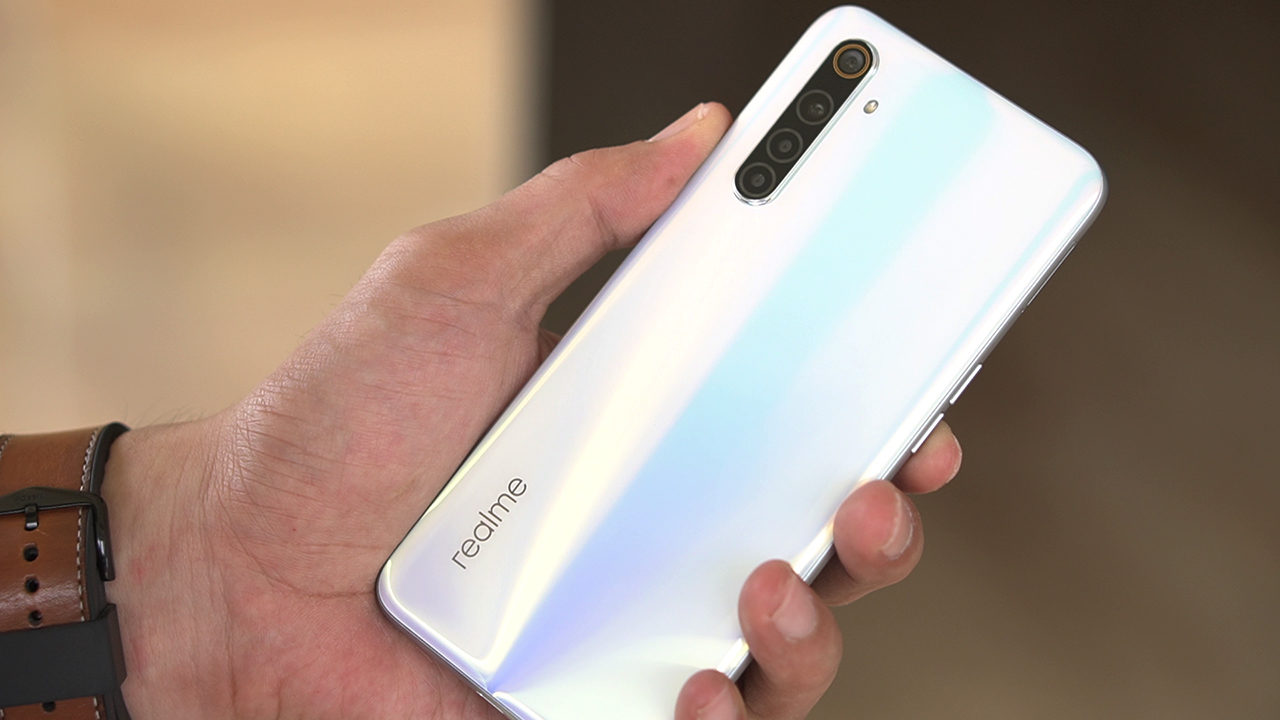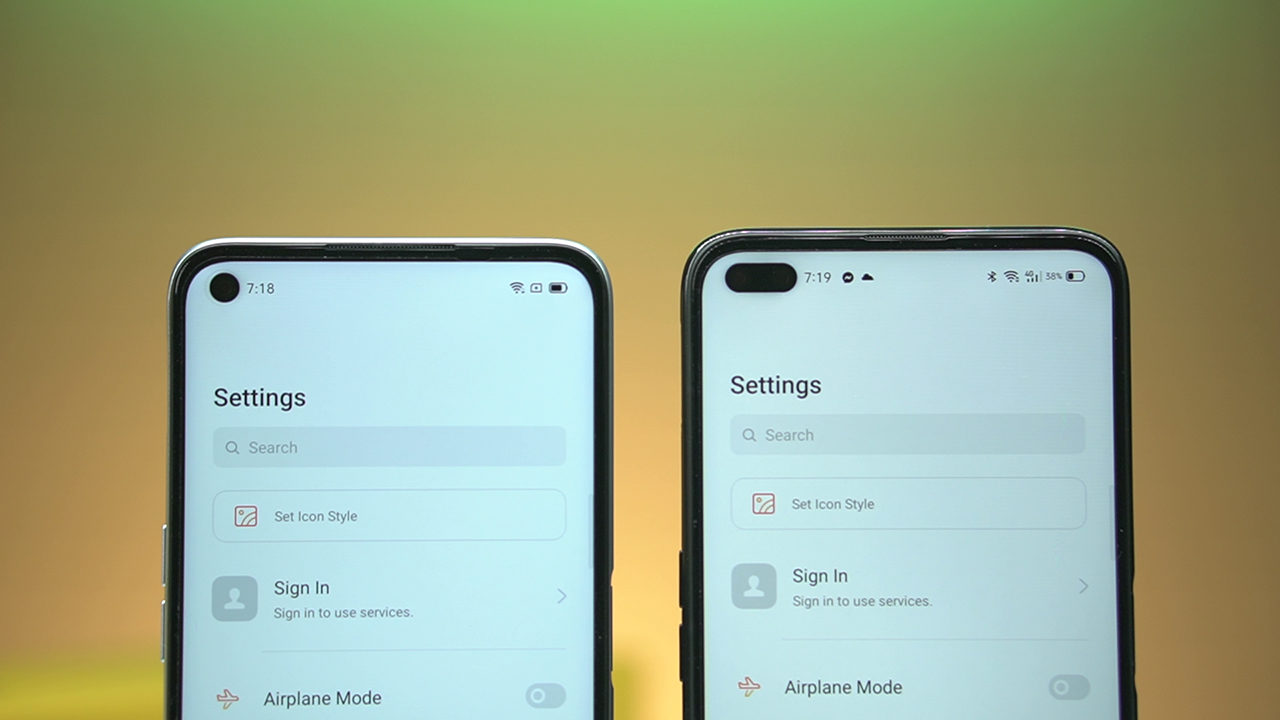Creating an effective work/study-from-home environment means you not only have to be comfortable but also have all the devices you may need within reach.
These days, we’re excited to fill our workspaces with all the latest and sophisticated tech but one of the staples of an effective home/study area would be the humble printer.
The Canon PIXMA G2010 is a high-volume, refillable tank printer that is looking to be a good choice for the everyday user and maybe even small business. Whether it’s for scanning reports from the office, copying worksheets for the kids, or even printing photos to keep, this device can handle plus its refillable ink tank can help you save money too.
Design
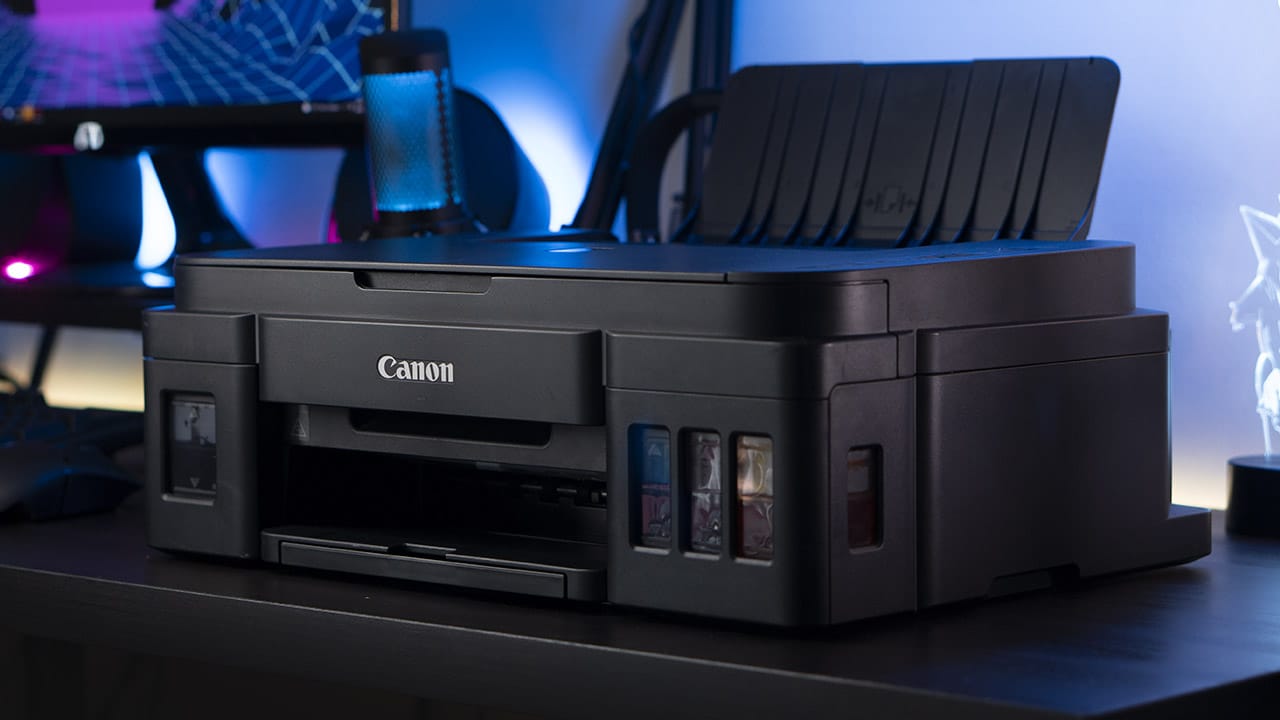
The Canon PIXMA G2010 is a pretty standard-looking printer. It’s an all-in-one device that also offers scanning and copying functions, weighs about 6 kilograms, and is mostly made of plastic.
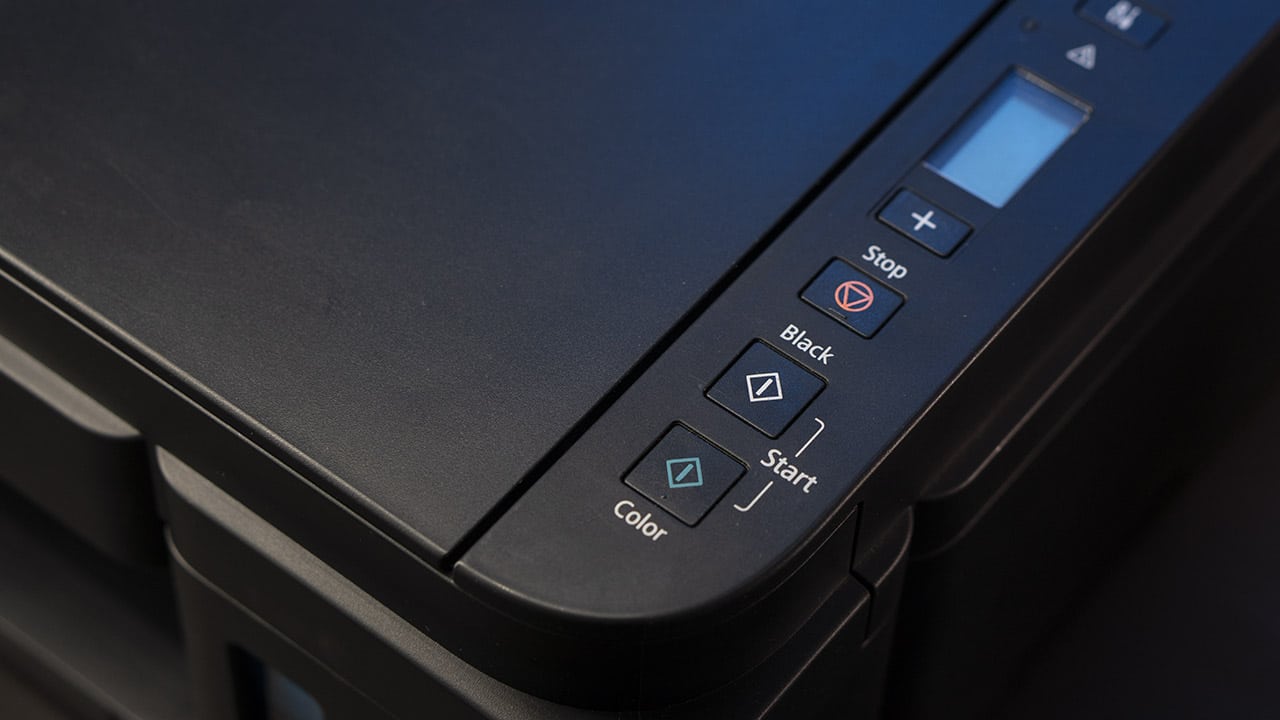
The flatbed scanner is up on top with the paper feed just behind it. To the right of the scanner are the device’s buttons which include power, maintenance, number of copies, stop, color, and black and white buttons.
There’s also a small LCD screen that indicates the number of copies or pages to print.
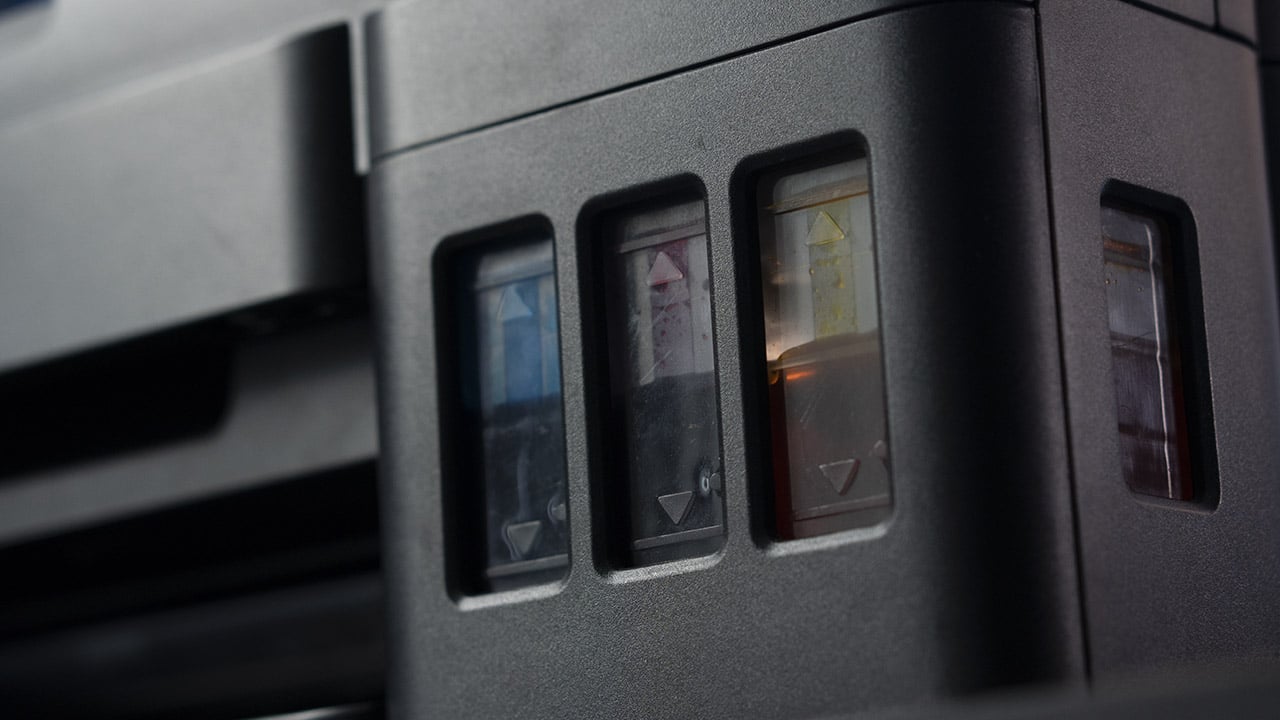
Flipping the top half open reveals the printer’s ink tanks. Unlike traditional printers, the PIXMA G2010 uses a more cost-efficient integrated refillable ink tank system. Canon also offers spill-resistant containers for its ink so you’re sure to get every last drop into the printer.
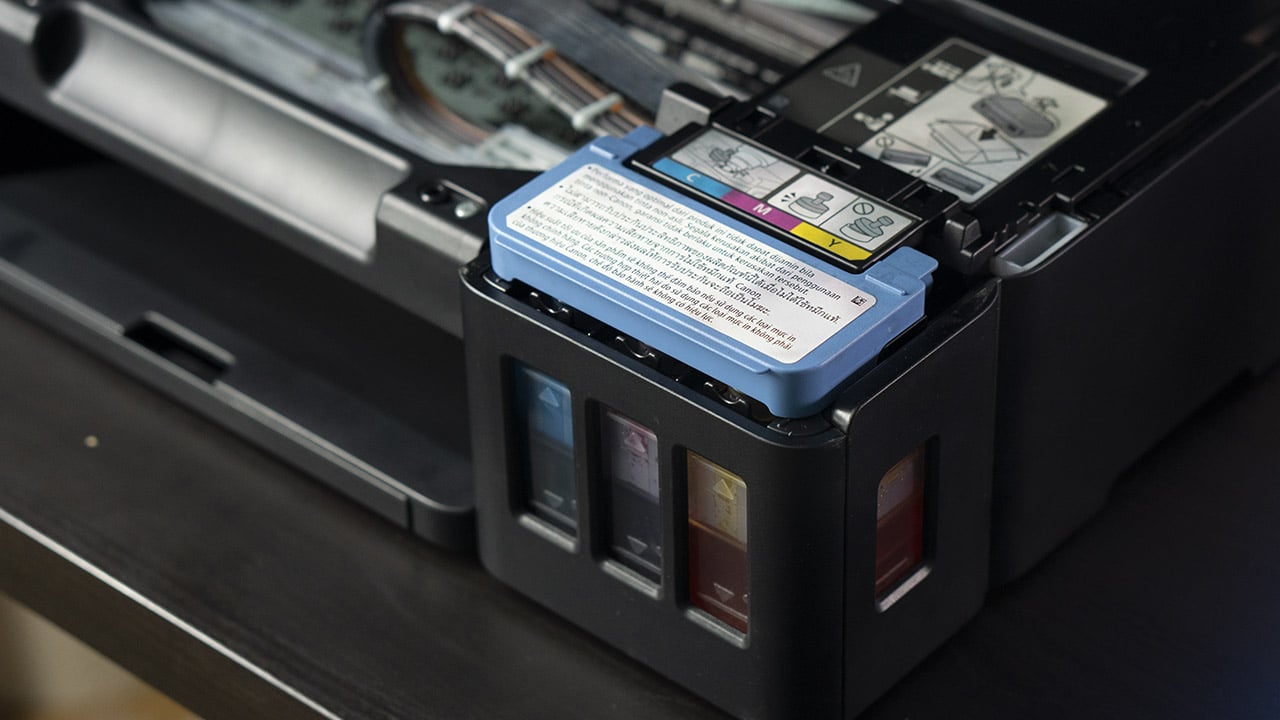
On the right, you can see the ink tanks for color while on the left is the ink tank for black. Flipping the blue panels on either left or right side reveals the tanks’ openings for refilling. These are also transparent so it’s easy to see your ink levels are at a glance.
Performance
To get this printer working, I simply plugged it in. Using the supplied USB cable, my PC was able to instantly recognize and configure the PIXMA G2010. No added software download needed. Unfortunately, this printer isn’t supported on Apple computers.
Should you ever need drivers or apps, though, Canon supplies all of these on its website. And while the printer doesn’t need any additional program to run, I do suggest downloading the IJ Printer Assistant to have easier access to its maintenance tools.
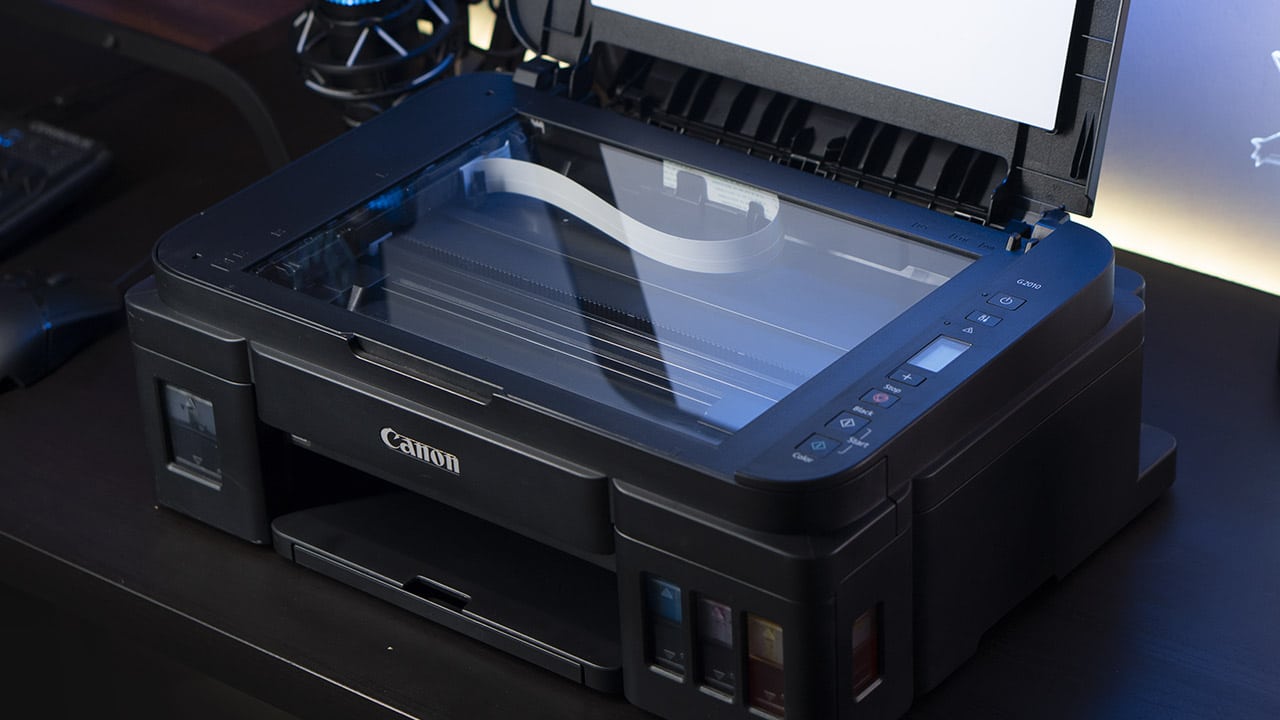
I checked to see if the printer was recognized on different programs and everything seemed to be running smoothly. Canon claims the PIXMA G2010 can print 8 pages per minute for a standard black and white document and 5 pages per minute for colored.

Testing it out ourselves, we indeed were able to print 8 pages in just a minute. We found this to be true for word documents though as printing PDFs took much longer. Printing a full-page, borderless, color photo on A4 glossy photo paper took about 5 minutes.
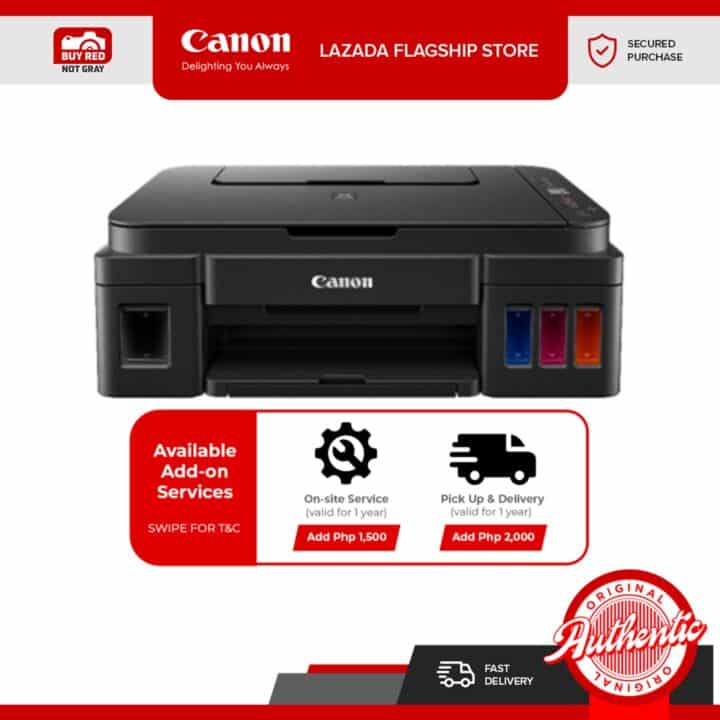
The PIXMA G2010 accepts the standard paper sizes, envelopes, 5×5-inch prints, and business card sizes. It also offers custom sizes up to 215mm in width and 676mm in length and can handle up to pretty thick 250 GSM paper.
The printer offers up 4800 x 1200dpi for printing which basically means you should be able to achieve sharp and clean prints.
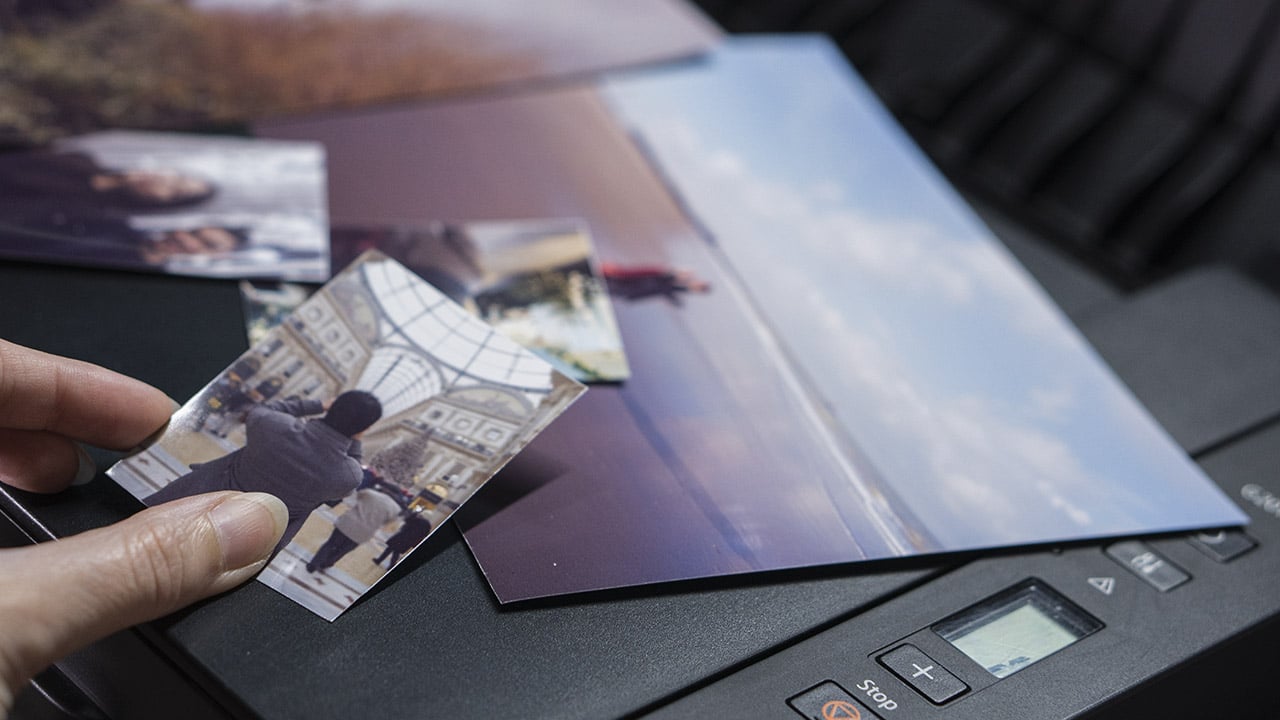
We were really pleased with how the photos we printed on photo paper came out. We used photos take with smartphones and SLRs and the prints came out quite faithful to the source. Colors were accurate and details remained sharp. We also didn’t notice any bleeding either whether from text or photos.
I had a lot of fun printing out photos from our trips because while it’s nice to look at them on the phone or computer, I still do really love having tangible prints to display.
One of our favorite things about the PIXMA G2010 are its integrated ink tanks. By forgoing the traditional cartridges, the printer offers a more cost-efficient option for ink because ink not only takes longer to finish but also doesn’t dry out.
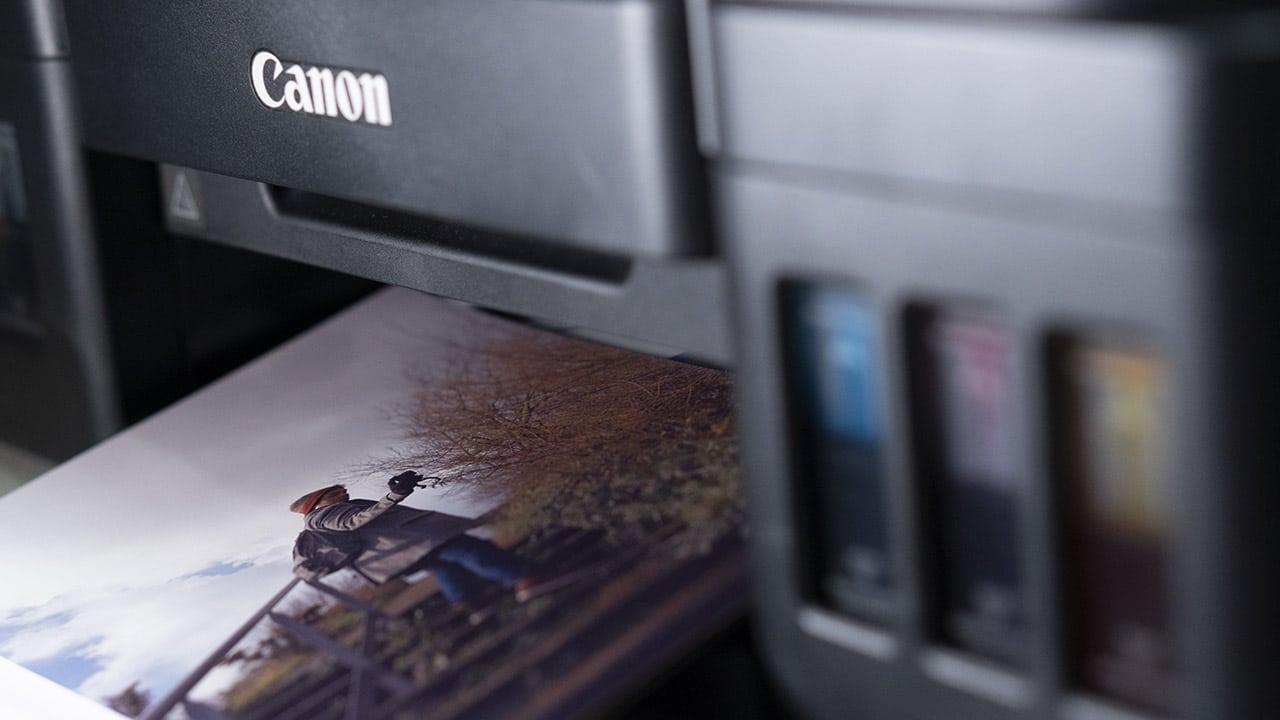
With the tanks also visible, you’ll also easily be able to see whether you need to refill. Seeing the contents of the tank is a great visible reminder to map out when you need to buy refills. And that should be a while, too, because Canon says its ink bottles can last up to 7000 pages.
Scanning or copying were also straightforward tasks. Once you have your document on the flatbed, you can use the onboard buttons to start a color or monochrome copy and indicate how many you would like. Using the native Windows Scan app on my PC, we were also able to achieve clear document scans.
Scanning photos or highly colored documents though didn’t come out as neat but are still recognizable with a good amount of detail and color.
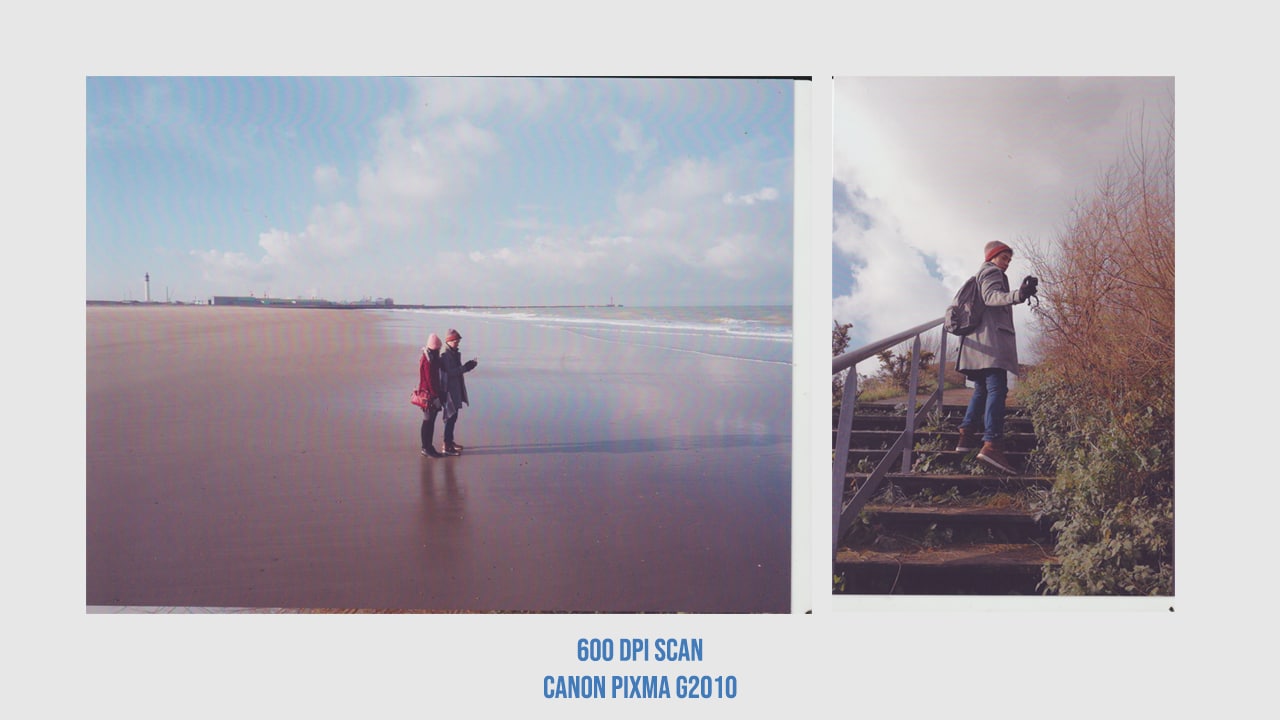
There’s no wireless or network option here, though, which means it will be tethered to a single computer. This makes the device most suitable and most effective for small offices with shared computers or single home users.
It also runs a bit loud especially when you’re cleaning the printer head so that may be an issue for some. We weren’t personally bothered by the noise even if we have a small workspace.
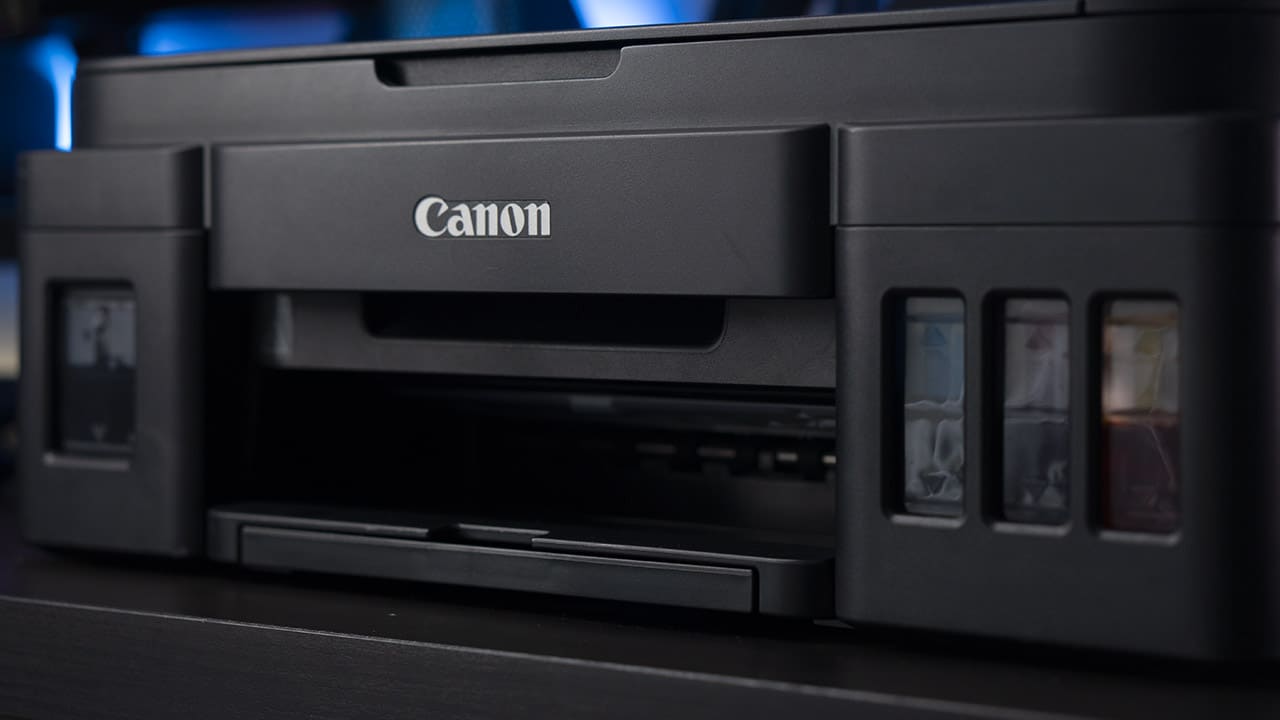
Overall, if we were to sum up the Canon PIXMA G2010 in one word, that word would be dependable. You’re getting a fast printer with good quality and are also saving money with its refillable ink tank system.
Creature Feature
In our reviews, The Modern Creatures aims to find special features in a device that makes it worth having – something that gives it an edge over its competitors. And for the Canon PIXMA G2010, it would have to be its refillable ink tank system.
What makes the Canon PIXMA G2010 a really great home office printer is that it’s pretty low maintenance. With its large ink tanks, you can fill them up and not worry about running out of ink for a good while. Ink tanks also don’t dry up like some cartridges which means you’re getting the most out of your money with refills.
Final Thoughts
The Canon PIXMA G2010 is the printer you buy and forget about. But in a good way. If you’re like us, you won’t need to print all the time but when you do, you just want a no-fuss device that works. And that’s what this printer is. But you may also be asking who else is this printer for?
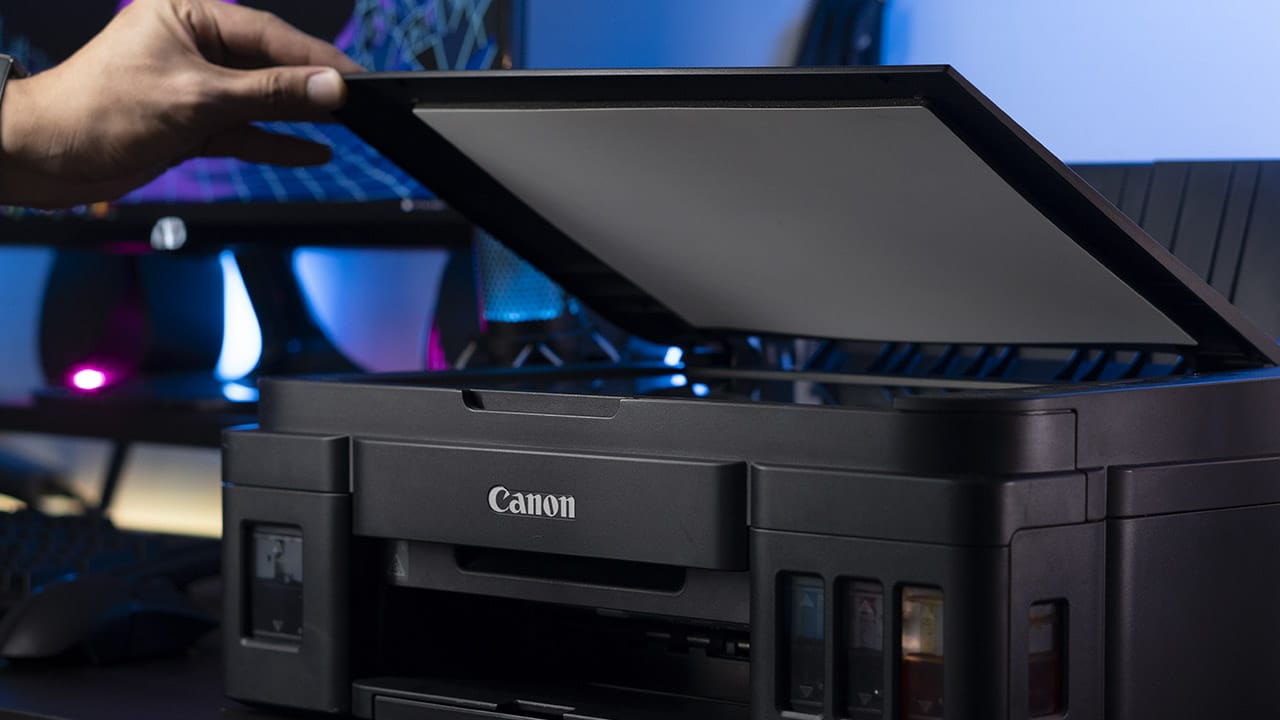
If you’re more worried about saving ink than having a network or wireless connection then this printer is the way to go. I can imagine this fitting very well in a home office or study where it’s easily accessible by many family members or co-workers.
And whether you’re a student or worker or just need a printer for the house, you’ll benefit from the fast speeds and quality color prints while keeping things light on the pocket with its money-saving ink tanks.
The Canon PIXMA G2010 is already available for PhP 7,595 a.
Get it here: Amazon US, Lazada PH, Shopee PH

